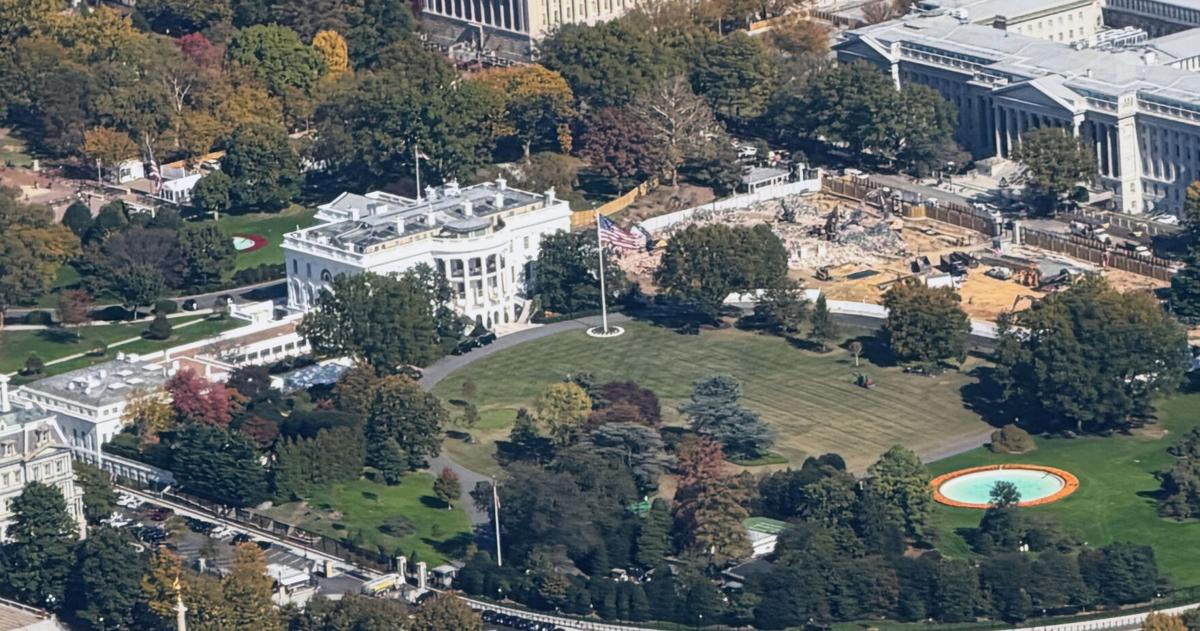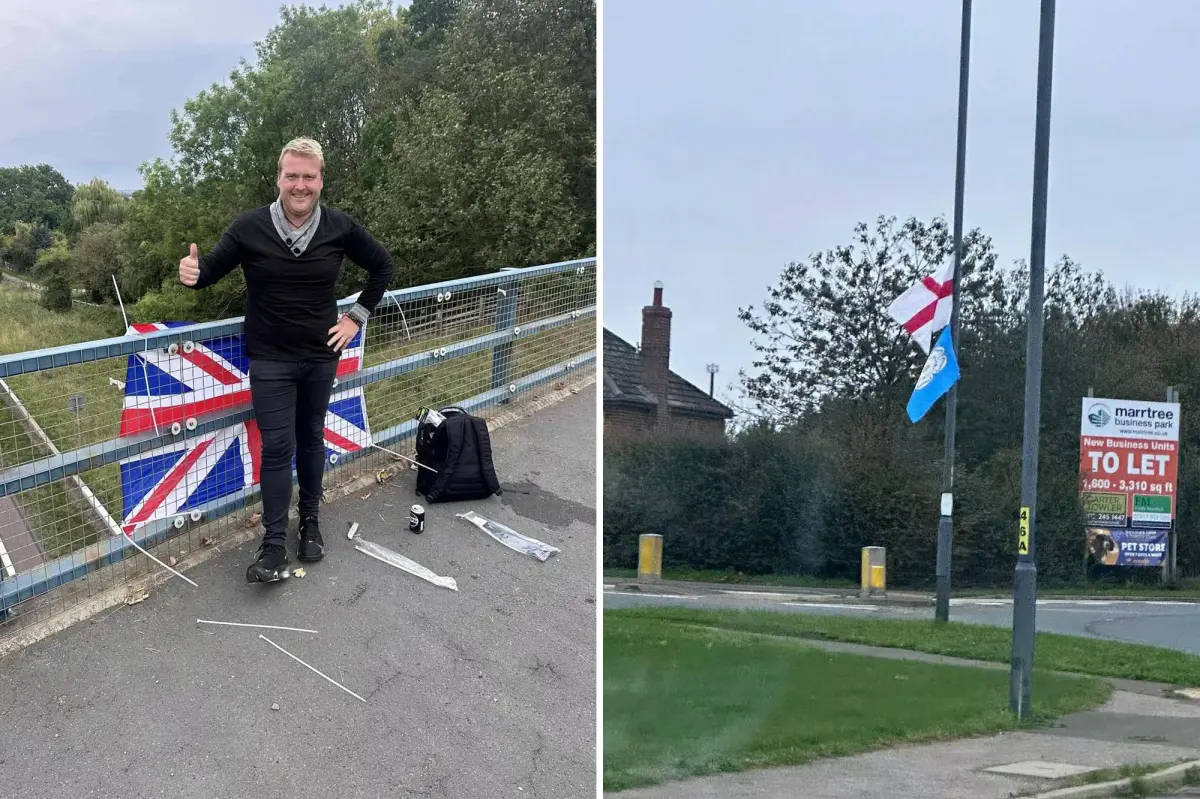Copyright postandcourier

CHARLESTON — In the city known as the birthplace of the modern preservation movement, where one of its resident architects designed the nation’s executive mansion two centuries ago, it makes sense that people here have a few things to say about the demolition of the East Wing of the White House. While President Donald J. Trump’s words and actions regularly inspire wildly different opinions, a handful of Charleston’s leading preservationists are in agreement that major alterations underway at the Pennsylvania Avenue property would benefit from more deliberation, transparency and cooperation. If historic buildings in Charleston and other parts of the state and country profit from a collaborative review process prior to structural changes being made, these preservationists wonder why this safeguard would be thrown aside for one of the nation’s most iconic buildings. Though Trump previously declared the East Wing would not be disturbed as part of his plans to add a giant ballroom to the White House, a demolition crew began using heavy machinery on Oct. 21 to dismantle a façade of the annex. Three days later, the East Wing was gone. “It’s been extremely difficult to watch and I think shocking to most citizens and people in the preservation community,” said Winslow Hastie, president and CEO of Historic Charleston Foundation. “Seeing news reports, it’s like, “Oh, my word!’“ The East Wing was built in 1902 and renovated substantially in the 1940s when a second floor was added. It housed reception rooms and workspaces, including the Office of the First Lady, all of which needed to be demolished to make way for the ballroom, according to the most recent comments from Trump. The East Wing “was never thought of as being much. It was a very small building,” the president told reporters in the Oval Office on Oct. 22. “In order to do it properly, we had to take down the existing structure.” For professor R. Grant Gilmore III, the East Wing’s demolition provided a “teachable moment” for students taking courses offered by the College of Charleston’s Historic Preservation and Community Planning Program. Students’ commentary about the demolition was noticeably one-sided in one of his classes, he said, with the general feeling being “that this is truly horrific, this is not reflective of our values as a nation.”



